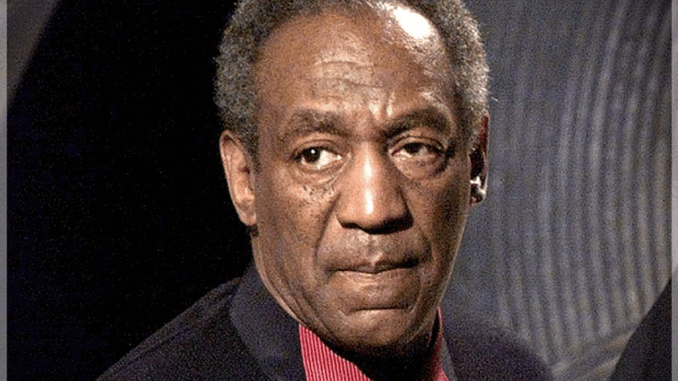
In the annals of American television history, few shows have embodied both the promise and complexity of the American Dream quite like The Cosby Show. Airing from 1984 to 1992, the sitcom wasn’t just a staple of prime-time programming—it was a cultural phenomenon that reshaped how America saw itself.
Decades later, its legacy continues to provoke admiration, nostalgia, and debate. At its height, the show represented hope, family unity, and upward mobility. Today, it also stands as a symbol of contradiction: a pioneering work tainted by the fall of its creator.
A Portrait of Possibility
At a time when television was saturated with white, suburban households, The Cosby Show introduced a different image: a Black, professional family living with joy, intelligence, and emotional depth. The Huxtables were aspirational, but not out of reach. Cliff Huxtable, the witty OB-GYN, and Clair Huxtable, the elegant and sharp attorney, juggled parenting with poise and humor. Their children, like any others, struggled with school, identity, and growing up—but always within a framework of love and support.
This portrayal was revolutionary—not because Black families like the Huxtables didn’t exist, but because they had rarely been shown with dignity, nuance, and centrality in mainstream media. The show pushed back against long-standing stereotypes, offering not only representation, but empowerment.
A Cultural Unifier
What made The Cosby Show stand apart was its universal appeal. While it was unapologetically Black in its music, style, and cultural references, it resonated with audiences of all backgrounds. In living rooms across America, white, Black, Latino, and Asian families watched together, laughed together, and related to the Huxtables.
It was this crossover success that made the show historic. It showed the entertainment industry—and the country—that stories centered on Black families could be not only commercially successful but also foundational to national identity.
Art, Morality, and the Fall of a Hero
But time has complicated the show’s standing. In the 2010s, as Bill Cosby faced—and was later convicted of—sexual assault charges, the public image of “America’s Dad” collapsed. Networks pulled reruns, and many struggled with whether they could still celebrate the show that had once meant so much.
For many viewers, especially those who grew up inspired by the Huxtables, the disillusionment felt deeply personal. How could a man who preached values of education, family, and respect have committed such acts behind the scenes?
The conversation surrounding The Cosby Show now lives in a moral grey zone. It forces us to ask: Can a piece of art be separated from the artist? Should the contributions of an entire cast and creative team be erased because of one man’s crimes? Or does continuing to watch the show dishonor the victims?
There are no easy answers. But these questions are essential as we grapple with the legacy of cultural landmarks.
Looking Ahead: Remembering the Good, Confronting the Truth
Despite the controversy, The Cosby Show remains a milestone in American media. Its influence is visible in modern shows that blend comedy, culture, and social commentary—Black-ish, The Carmichael Show, Abbott Elementary. It helped normalize Black excellence on screen and set a new standard for sitcom storytelling.
We cannot ignore the harm caused by Bill Cosby. But neither should we forget the many writers, actors, directors, and cultural shifts that the show made possible. Its legacy, like that of America itself, is both inspiring and imperfect.
In remembering The Cosby Show, we reflect not only on what it gave us but on the questions it left behind—questions about fame, justice, and the power of storytelling to shape, inspire, and heal.
